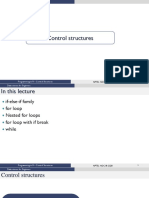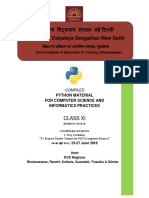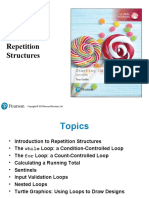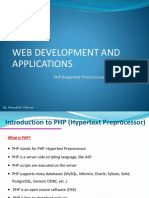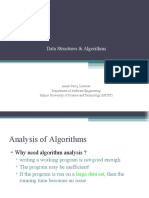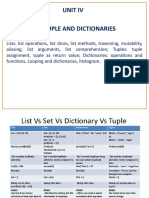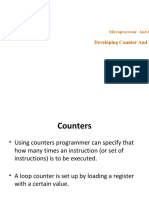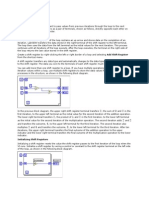0% found this document useful (0 votes)
256 views3 pagesClass 11 Notes Informatics Practices Chap 3
This document provides an overview of Python, highlighting its features such as ease of use, dynamic typing, and extensive library support. It covers installation, syntax, basic constructs, conditional statements, loops, functions, data structures, and libraries. Key takeaways emphasize Python's versatility, suitability for beginners, and quick development capabilities.
Uploaded by
dpvencenzoCopyright
© © All Rights Reserved
We take content rights seriously. If you suspect this is your content, claim it here.
Available Formats
Download as PDF, TXT or read online on Scribd
0% found this document useful (0 votes)
256 views3 pagesClass 11 Notes Informatics Practices Chap 3
This document provides an overview of Python, highlighting its features such as ease of use, dynamic typing, and extensive library support. It covers installation, syntax, basic constructs, conditional statements, loops, functions, data structures, and libraries. Key takeaways emphasize Python's versatility, suitability for beginners, and quick development capabilities.
Uploaded by
dpvencenzoCopyright
© © All Rights Reserved
We take content rights seriously. If you suspect this is your content, claim it here.
Available Formats
Download as PDF, TXT or read online on Scribd
/ 3






























































